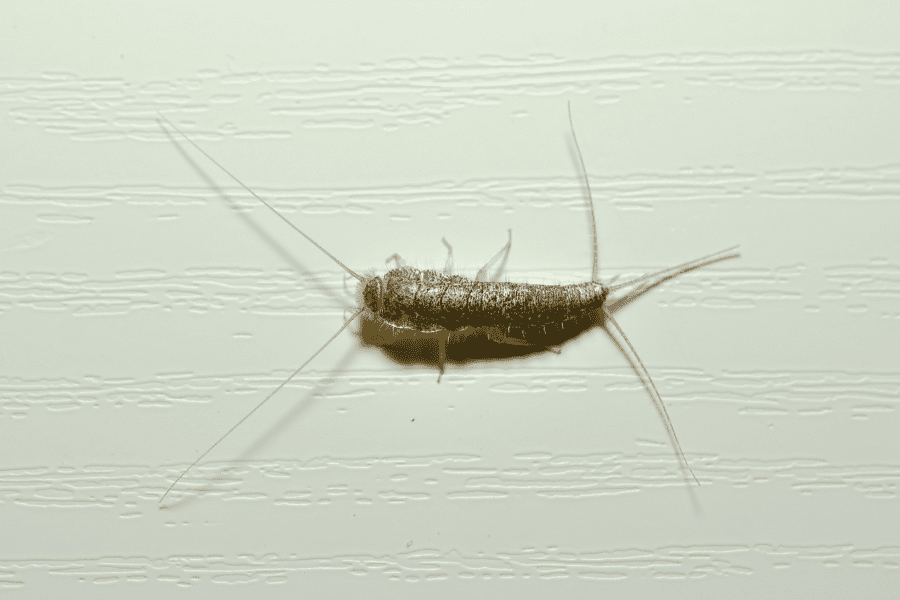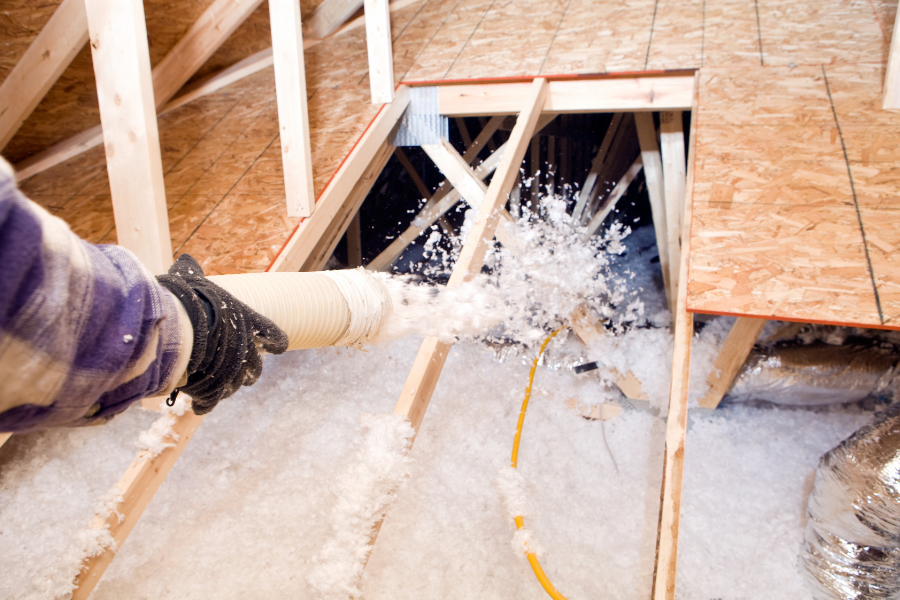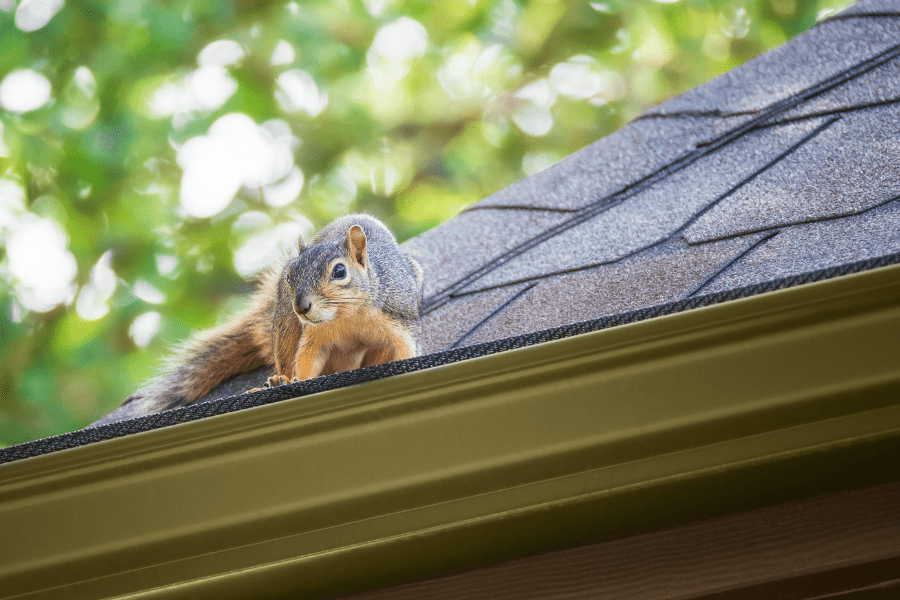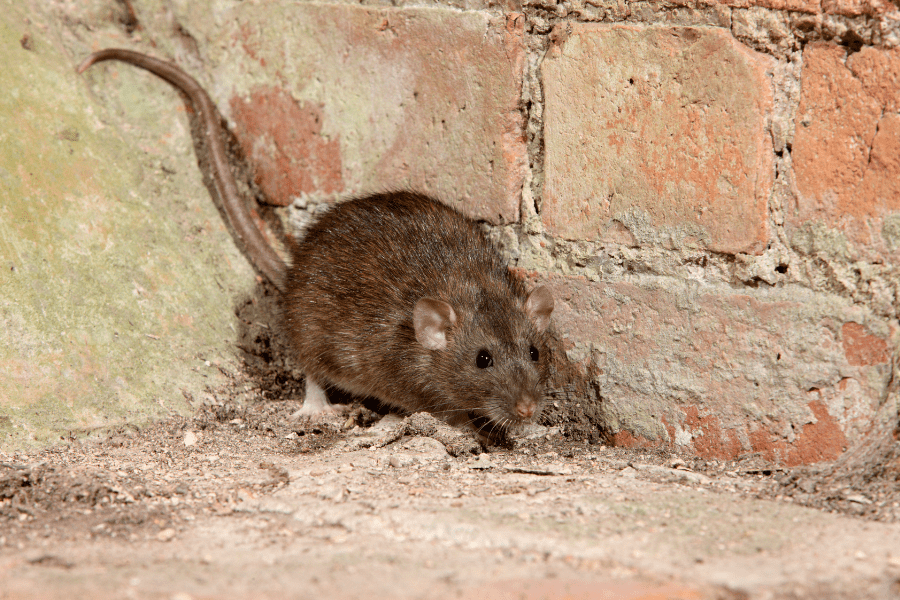READY TO GET STARTED?
REQUEST A FREE ESTIMATE
Fill out the form below or call (888) 466-7849 for a free, no-obligation estimate.

During the winter season, we don’t typically see a lot of pests around, but that doesn’t mean they aren’t present! Certain wildlife pests tend to look towards our Laurens home to escape the cold, causing damage and posing a health risk in the process. For homeowners, it’s important to understand the types of winter pests that could invade and the winter pest control methods needed to keep them out. Check out our top 3 winter pests to look out for in Laurens, South Carolina.
During the winter, cockroaches enter our homes to search for heat and humidity. Common roaches found in homes are American roaches, oriental roaches, and brown-banded roaches. These pests can pose a serious health risk to humans, as they’re known to transmit diseases and trigger allergies and asthma. Roaches will utilize any open gap or hole to find their way inside homes. These pests will also hitchhike on grocery bags, boxes, and used appliances. You will often find them in areas where food and water are available, such as our kitchens and bathrooms.
Termites are year-round pests and will destroy the structural integrity of homes. The damage termites can cause will often cost billions in repairs. Termites, such as subterranean termites, will eat the wood from the inside out, usually staying hidden until the damage is done. These termite types need soil to live, creating mud tubes to search for a food source. Firewood and mulch are two major attractants to termites and will provide a way inside your home. If they’ve infested, you can often find them in the home’s baseboards, crawlspaces, and wooden beams.
Silverfish prefer to live in damp, colder places. These pests are quite common in the winter months and are often found in basements or bathrooms. If they’ve gained access to your living space, it’s usually because they’ve hitched a ride when you’ve taken items out of storage in your garage or attic. While these pests are harmless to humans, if they infest in large numbers, they can become a nuisance. Silverfish will feed on your books, glue, wallpaper, and boxes.
There are several methods and preventative measures you can implement to keep these pests from invading your home! Consider these winter pest control tips when you want to keep these pests away:

The weather is still a bit chilly, but spring is just around the corner and that means more wildlife will be out and about. Just because they left your attic alone this past winter doesn’t mean they won’t be attracted to it for the springtime. This is the time of year they will be searching for shelter to bear and rear their young. They are well-adapted to urban life and will typically be attracted to homes to find a safe place to settle down. Let’s go over which animals it’s time to keep an eye out for:
Most wildlife creatures are generally harmless but can be problematic if they get inside your home. Wildlife control begins with prevention. Here are some handy tips:
If you suspect a problem with wildlife or other pests, give your local wildlife control company a call today for a free inspection!

Winter is nearing and that means it is time to make sure your attic doesn’t become a sanctuary for wildlife critters. The most common winter wildlife critters that you should keep an eye out for this winter are raccoons, squirrels, bats, and mice. They can all cause severe damage to your home and pose a significant threat to your health.
The most obvious way for wildlife to get into your attic is through vents and any gaps in your home’s exterior. Once inside, they can make their nest in your attic which results in ripped or destroyed insulation. They could also begin compromising the well-being of your attic from their urine or feces. This can make for a smelly home or become a hazard to your family’s health since animal waste can contain parasites or bacteria.
If you discover wildlife has taken over your attic, then it’s best to call in professional help to get them removed. If your insulation has been impacted, then it’s imperative to get it replaced as soon as possible. Insulation that has been removed or contaminated can lead to higher energy bills and no one wants that.
Reach out to your local wildlife control company to assist with the removal of these pests, so you can get back to enjoying your home this winter!

Fall is in full swing, and winter is just around the corner. We aren’t the only ones preparing to stay indoors longer than usual. Wildlife are also thinking about making their way inside. This typically means our homes could become refuge for the critters. There are a few wildlife creatures to look out for once it begins to get cooler – squirrels, raccoons, rodents, and more!
Most homeowners don’t think they have a wildlife problem, because they’ve probably never seen it with their own eyes. That isn’t the case. Most homeowners don’t notice the problem because most of the creatures are nocturnal and will only be active at night. The most common signs of a wildlife problem are:
DIY Wildlife Prevention Tips
Many homeowners don’t even realize the things they’re doing that attract wildlife into their homes. Here are some of the best ways you can prevent an infestation in your home this winter!
If you begin to notice signs of wildlife in or around your home, be sure to reach out to your local wildlife control company and they can help determine the critter causing the issues and create a customized solution to get rid of them.

We never expect our homes to fall victim to rodent invaders, but it can happen to anyone! Getting rid of these critters can be difficult, but with the help of a wildlife control company, it can be made possible. Before reaching out to someone for assistance, be sure you’re identifying these rodents correctly. Here are some of the most common rodents found in the South.
Deer Mouse
Often referred to as field mice, these rodents are typically found in the woodlands and desert areas. They rarely invade residential properties but will sometimes seek shelter in our homes for winter since they don’t hibernate. When indoors, deer mice are typically found in basements or attics. The biggest threat about them is that they can transmit the dangerous hantavirus, so it’s vital to get them taken care of as soon as possible.
House Mouse
Just like the deer mouse, these mice also carry diseases and shouldn’t be kept in your home for long once discovered. The house mouse prefers to move along baseboards and countertops and can be seen eating anything they can find. They will contaminate your food and can transmit diseases like salmonella and even the bubonic plague. They are also known to cause structural damage such as creating tunnels in walls and chewing exposed wires.
Norway Rats
These stocky, heavy-bodied rats are larger and more aggressive than the roof rat. They rely heavily on human activity for survival and will eat anything like cereal grains, meats, fish, nuts, and some fruits. Norway rats are more active at night and can cause considerable damage to homes, gardens, and structures. The main concern is the diseases they are known to spread, which include jaundice, rat bite fever, and salmonella.
Roof Rats
Known as a serious pest problem, they are also dependent on humans for survival and will usually infest homes. They have padded feet that make it easier for them to climb, so they are usually found in attics, eaves, and roof lines. Roof rats are known for spreading multiple diseases, including salmonella, leptospirosis, and rat bite fever. They contaminate food when they are foraging, impacting not just humans, but also pets and livestock.
If you think you have a rodent problem, it’s important to get it taken care of as soon as possible. Reach out to your local wildlife control company so they can create a customized plan to rid your home of rodents.